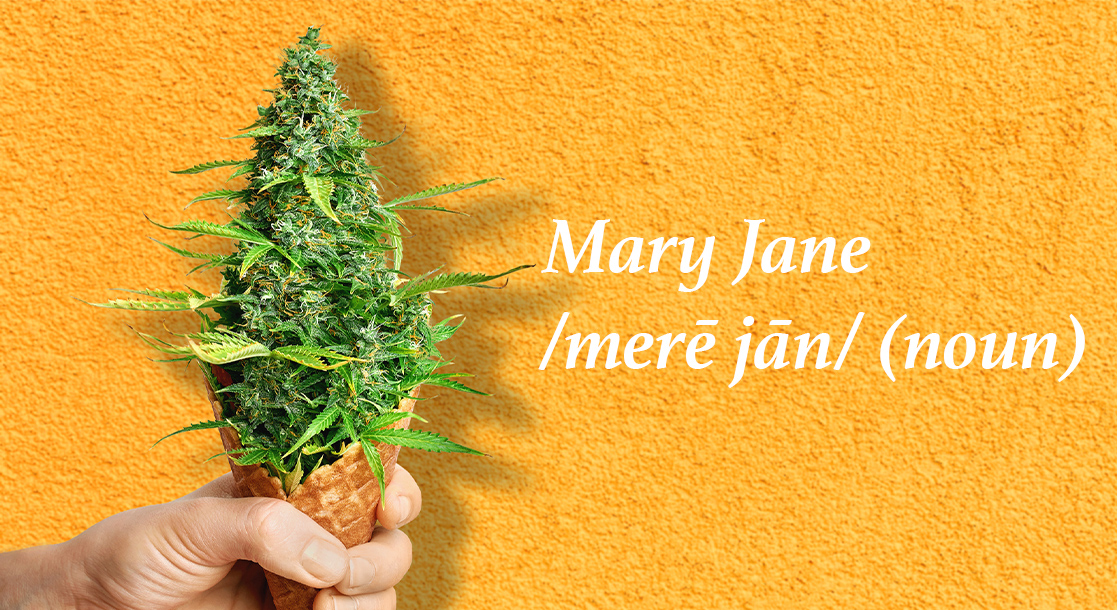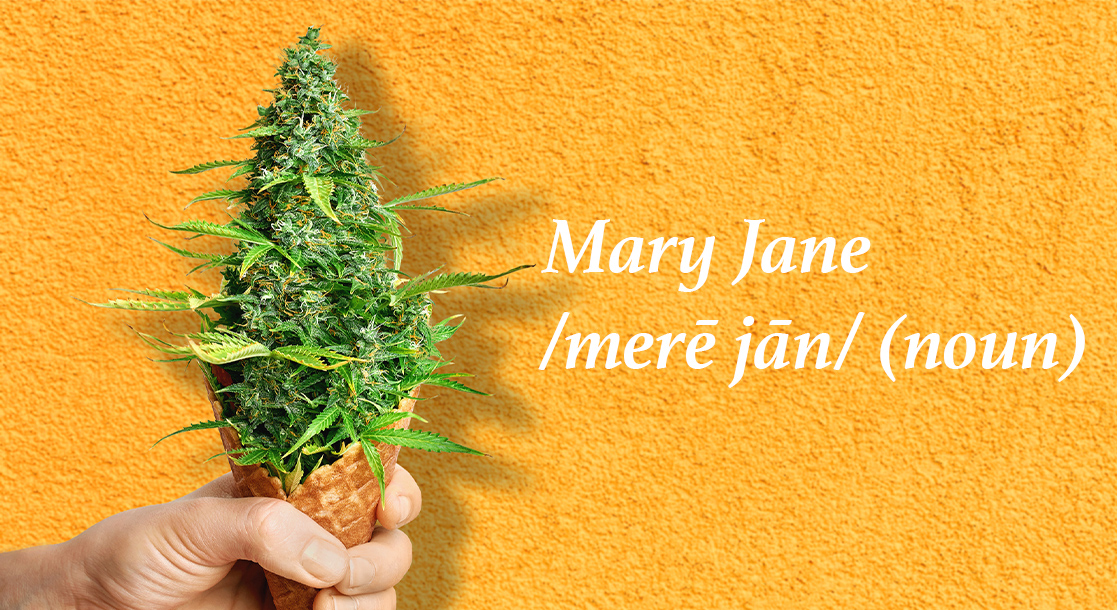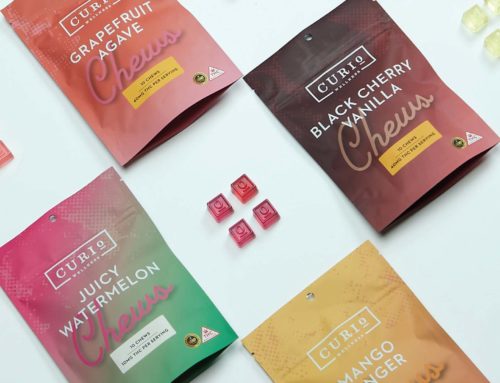
Here at MERRY JANE, one of our favorite terms for cannabis is, well, “Mary Jane.”
While “MERRY JANE,” spelled with an E and two Rs, comes from the 2007 feel-good weed anthem by Snoop Dogg, Redman, and the late, great Nate Dogg, the moniker that the rap track plays off of is much older. However, the history behind the Mary Jane name has maintained an air of mystery around it over the past century.
How weed got nicknamed Mary Jane isn’t just a question stoners ask among themselves while passing around a doob, either. Prestigious, prize-winning publications such as NPR, TIME Magazine, the New York Times, and the UK’s Independent have all pondered the murky origins of one of marijuana’s most elegant, feminine labels. Where and how was Mary Jane born, and was she a real person? Let’s dive in below.
What Came First: Marijuana or Mary Jane?
“Marijuana” possesses a controversial and sordid history in American culture. Prior to the early 1900s, Americans knew the intoxicating form of weed as “cannabis,” and the industrial form as “hemp.” “Marijuana” doesn’t really appear in the US lexicon until after 1910.
“Marijuana” likely existed as harmless slang among Mexican immigrants who came to the US while escaping the economic devastation of the Mexican Revolution, a civil war that raged from around 1910 to 1920. (Ironically, the US economy would tank in 1929.) During the racist, anti-immigrant movements at the turn of the 20th century (as if those ever went away), anti-pot crusaders latched onto the word “marijuana” to divorce the cannabis that white Americans knew from the “demon weed” that supposedly turned Mexicans and black Americans into raving, violent lunatics (spoiler alert: Weed doesn’t actually do that to people, but racist ideologies can).
Weed historians have drawn linguistic links between “Mary Jane” and “marijuana,” though we’re not really sure which one came first. Heck, we’re not even sure where “marijuana” comes from. In Spanish, mari and juana translate to “Mary Jane,” which some historians claim refers to the Virgin Mary, but it could also just be a random, generic name assigned to weed, like a low-key code word. Y’know, kind of like how “John Hancock” refers to a written signature in the US, or how “Mary Sue” or “Gary Sue” refers to a wack, poorly developed character in some fictional work. Either way, “Mary Jane” meaning “marijuana” or vice versa makes sense coming from Mexico, a predominantly Catholic nation that primarily speaks Spanish.
But, we do know that weed isn’t native to the so-called New World, so it’s unlikely that “marijuana” came from the Americas’ indigenous cultures. Cannabis may have been introduced to the Americas by Spanish merchants or conquistadores, hence the prevailing theory that the word is Spanish in origin.
But What If Weed Actually Came From China?
While the Spanish-Mexican origin for “marijuana” remains the common narrative, there’s some evidence that the word could have actually come from the other side of the planet: China. In China, hemp is called ma ren hua, which means “hemp seed flower,” NPR’s CodeSwitch reported. The Chinese-origin theory posits that when Chinese traders brought hemp to the Americas, ma ren hua became marijuana in Latin America, and the rest is history. Supposedly. We’re not entirely sure, remember?
A Name Known Around the World
So, whether “Mary Jane” or “marijuana” came first is basically the cannabis community’s “chicken and egg” argument. Regardless of where either word came from, “marijuana” is a universal term for weed in most countries. And “Mary Jane” is, too. For instance, some Spanish smokers refer to the herb simply as “Maria,” while the French sometimes call it “Marie Jeanne.”
While etymology nerds may obsess over this puzzle until their final breaths, the rest of us are content just knowing this: We love you, Mary Jane.





Leave A Comment